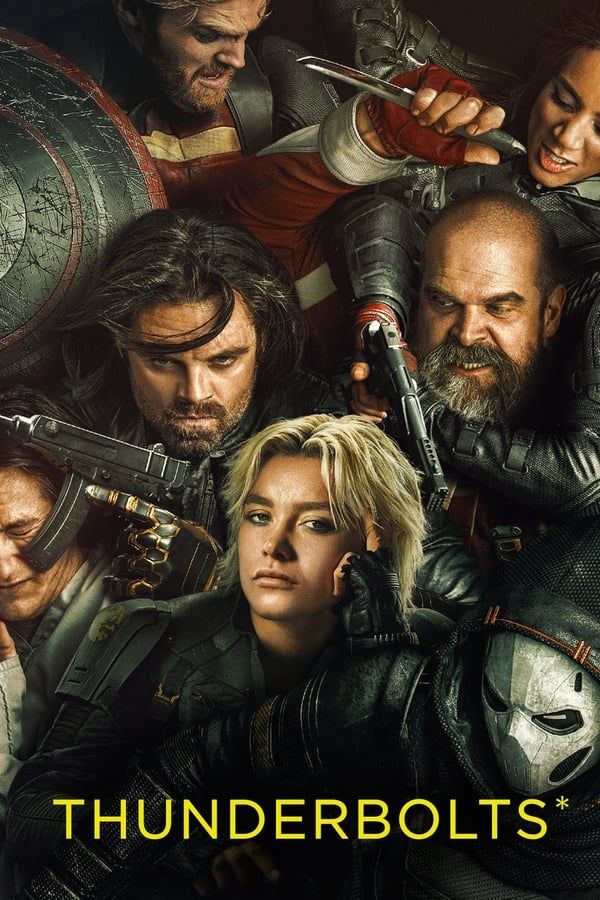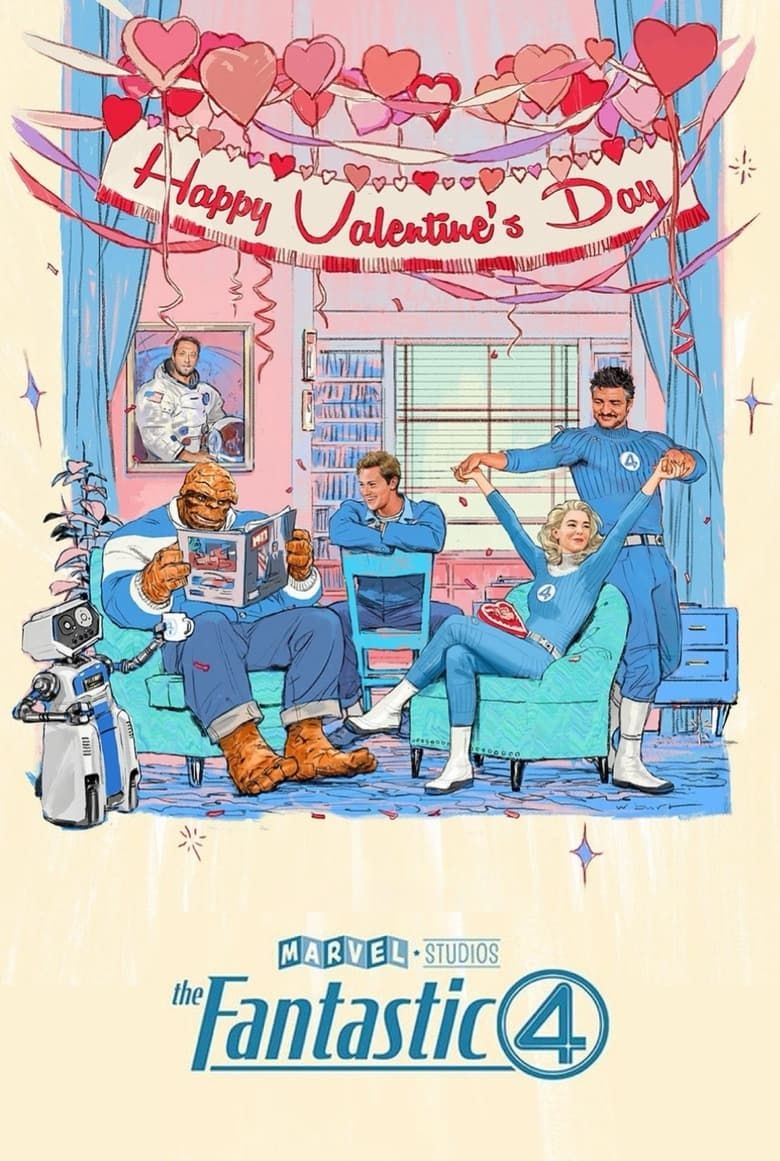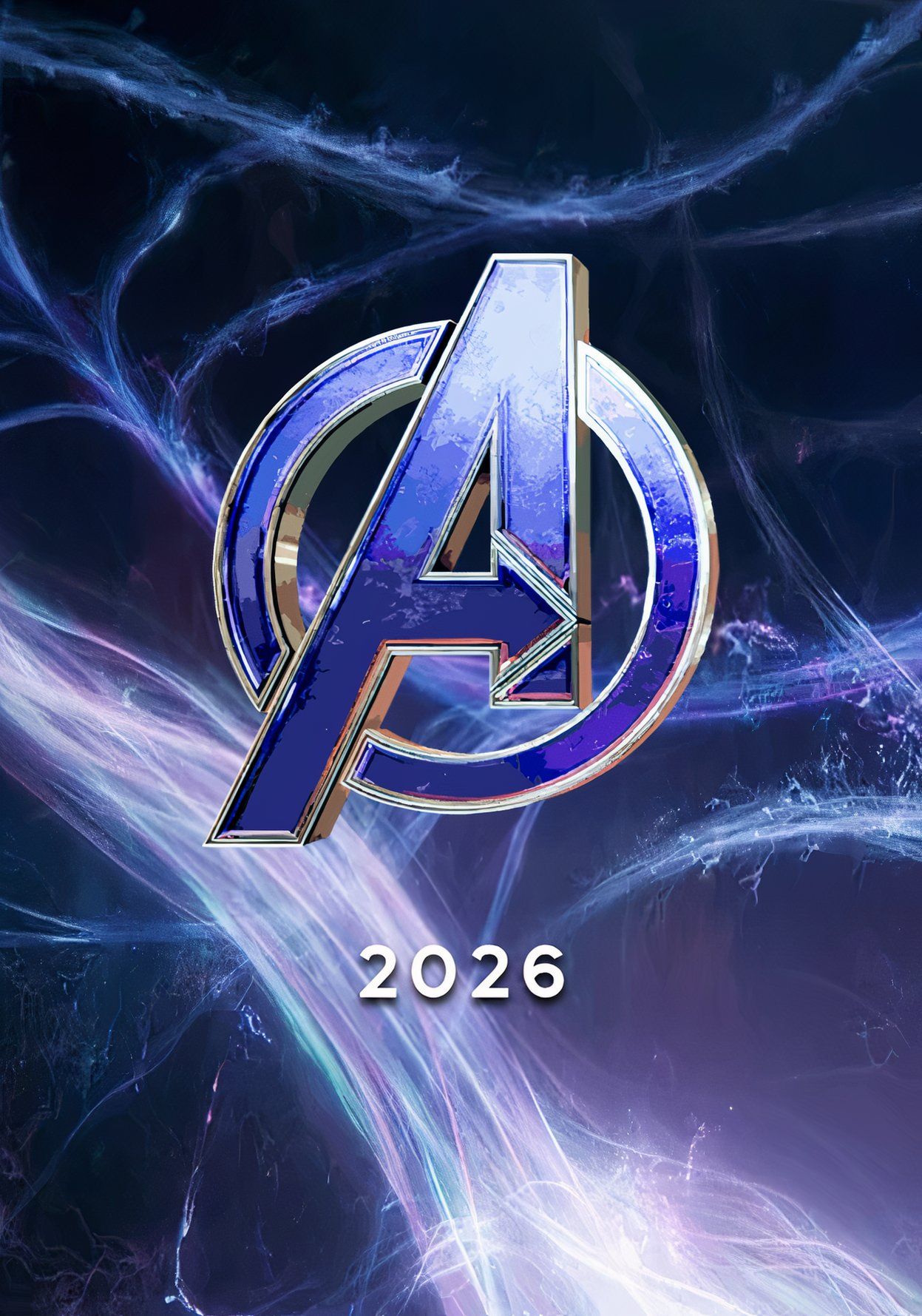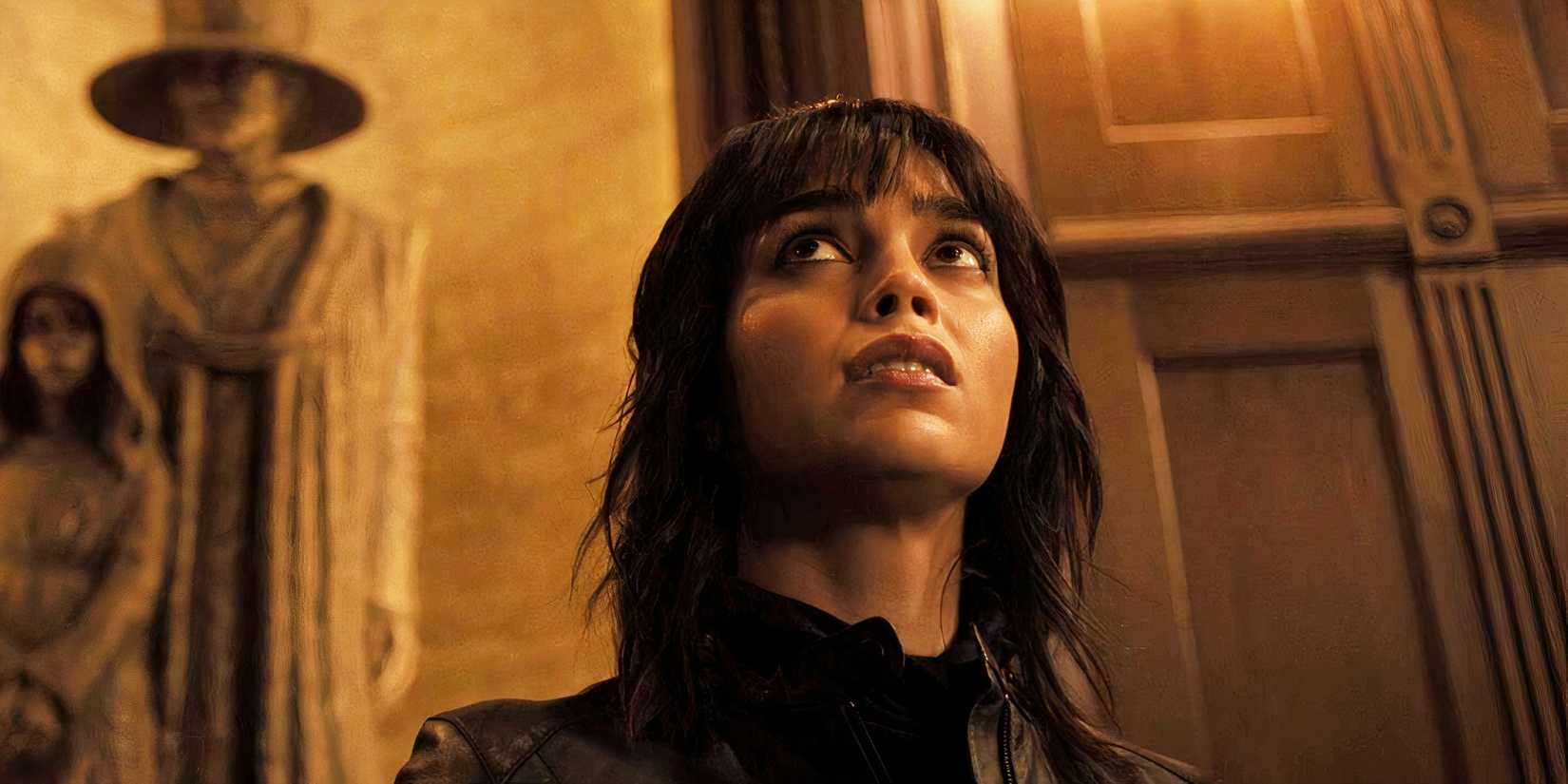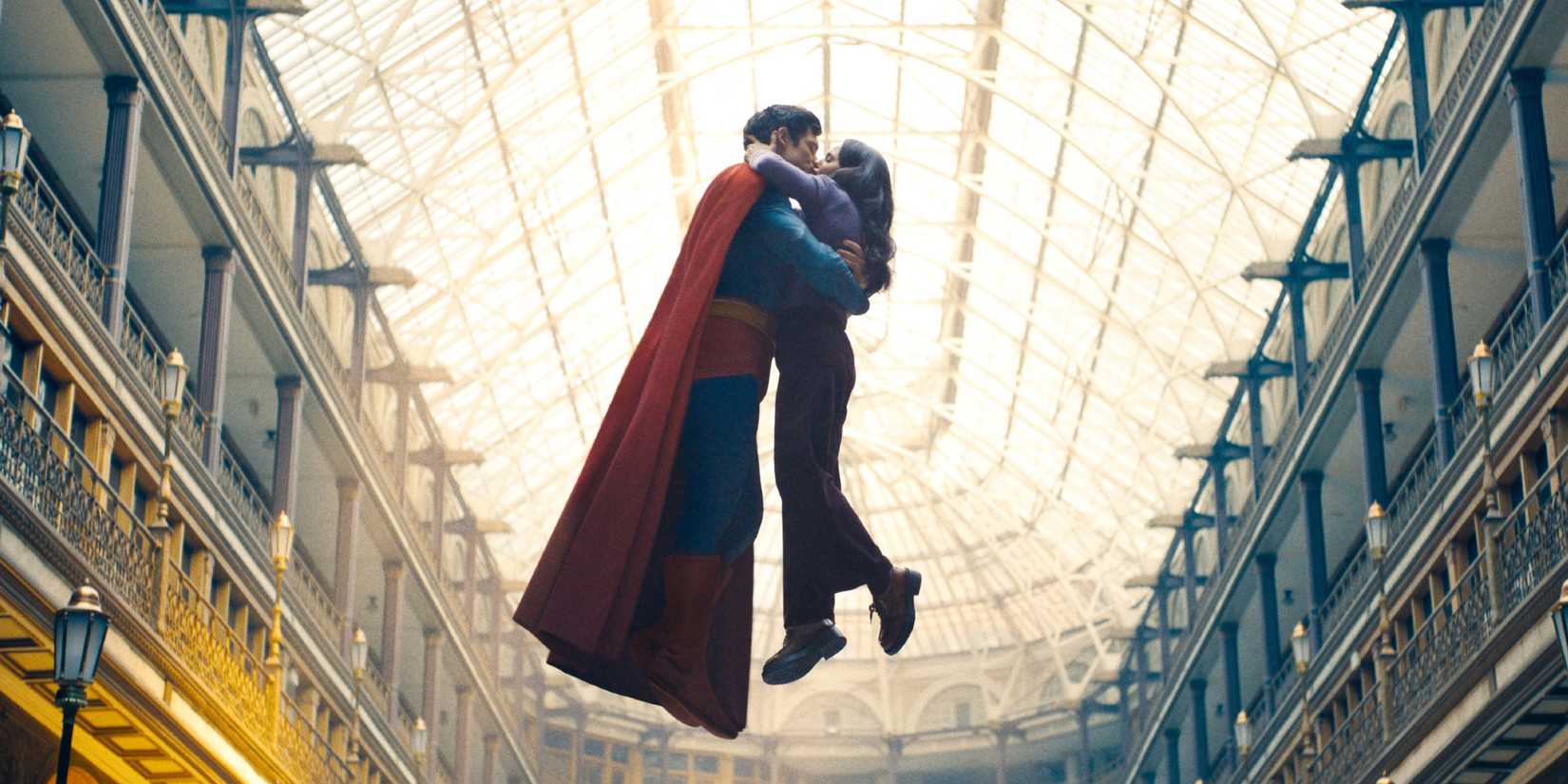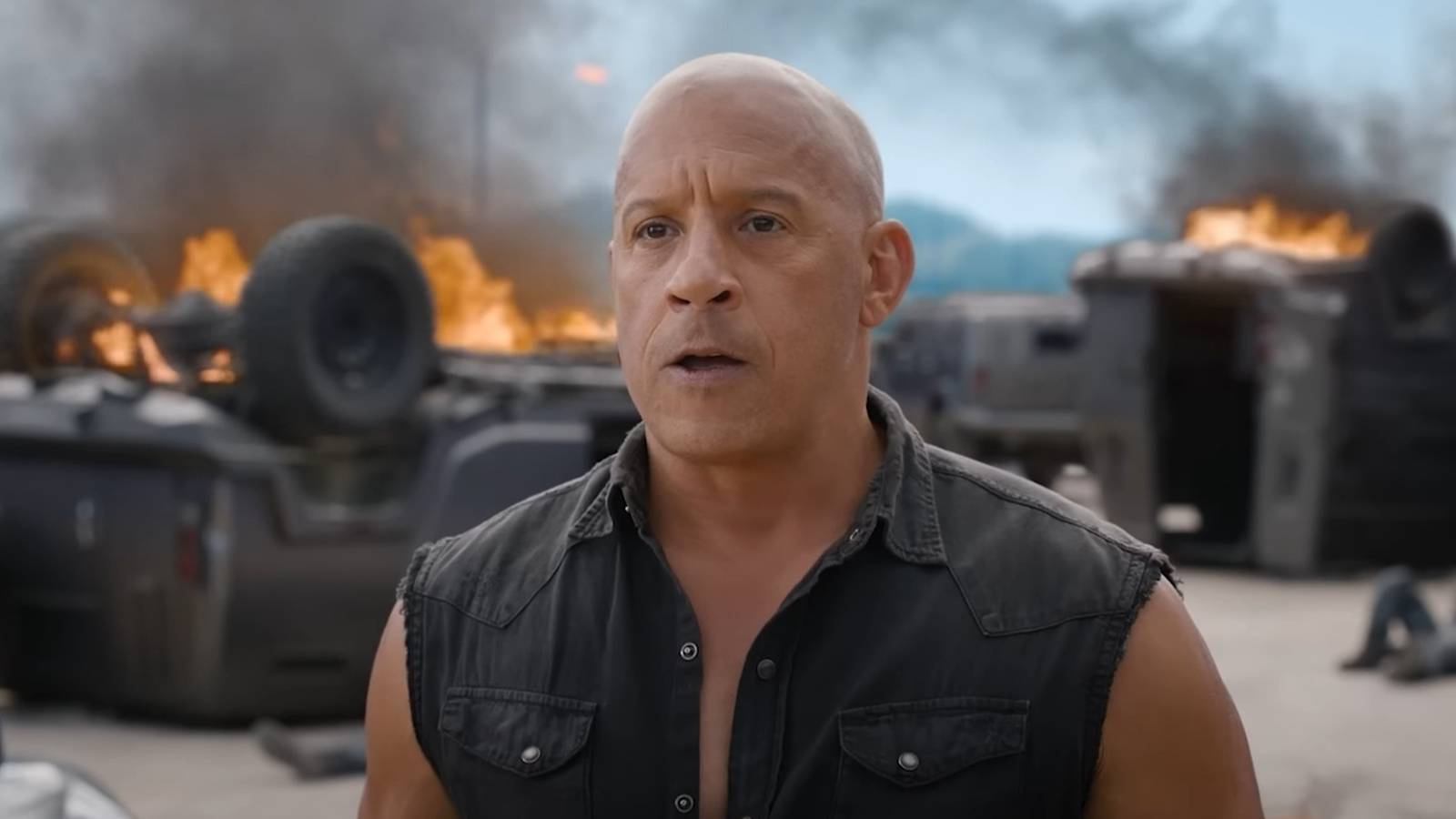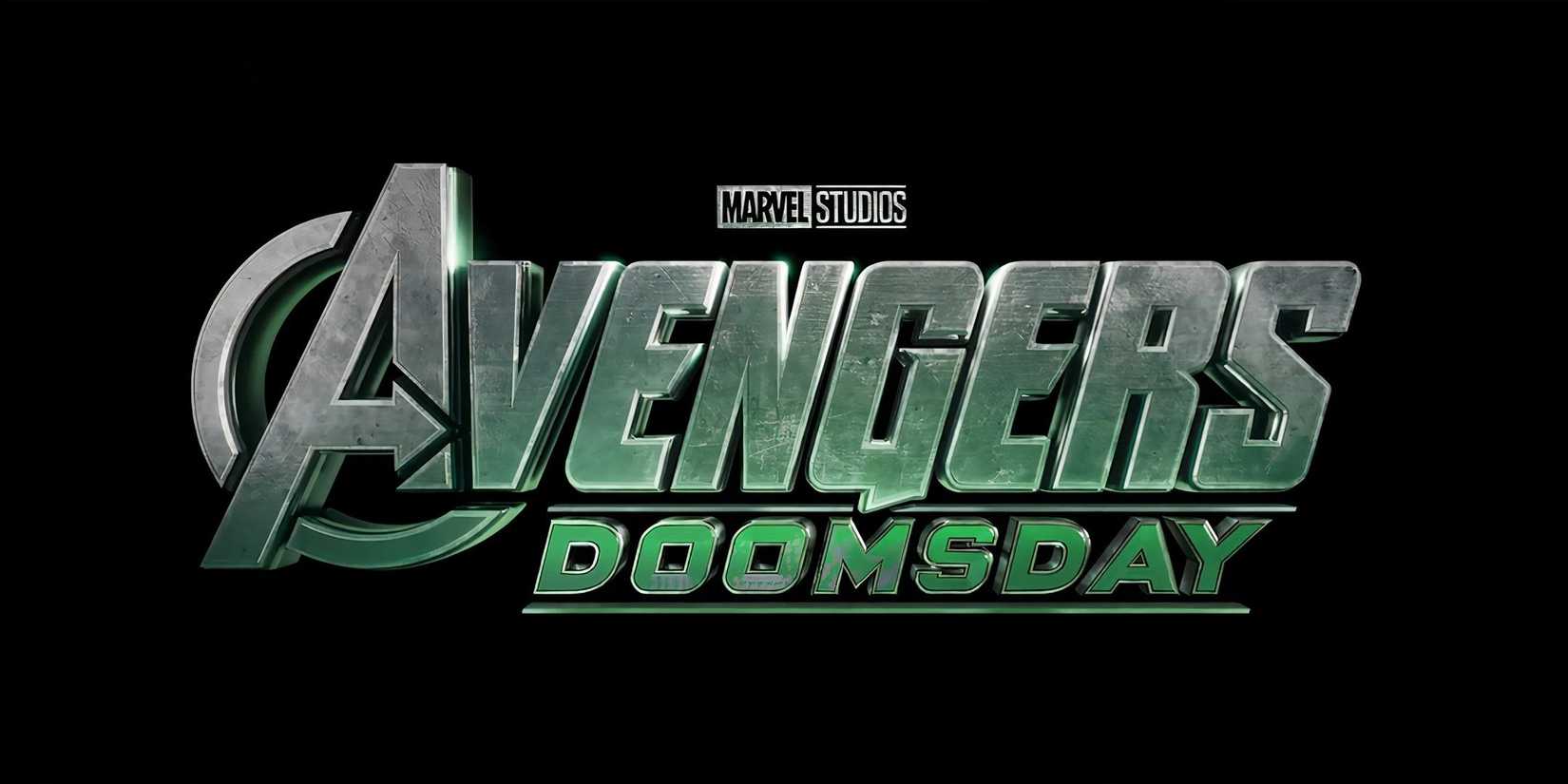Spider-Man: The Animated Series remains one of the most faithful adaptations of the web-slinger’s Marvel history, often foreshadowing events that would later unfold in live-action Spider-Man films. Whether it was Peter Parker’s struggles with the Venom symbiote or his encounters with the multiverse, the animated series tackled many iconic moments years before Sam Raimi, Marc Webb, or the MCU timeline brought them to the big screen. While live-action Spider-Man movies introduced these moments to a larger audience, longtime viewers of the animated series were already familiar with many of them.
Spider-Man: The Animated Series debuted on Fox Kids in 1994 and ran for five seasons, delivering some of the most ambitious storytelling in animated superhero history. Unlike previous cartoons that told self-contained episodes, this series had a serialized format that allowed for long-term character development and deep emotional stakes. Because it was bound by stricter television guidelines, Spider-Man: TAS had to find creative ways to adapt darker moments from the comics, often reworking them to make them more suitable for younger audiences.
10
Harry Osborn Is Haunted By His Father’s Influence
Spider-Man 2, Spider-Man 3 & Spider-Man TAS Season 4, Episode 8 “The Return Of The Green Goblin”
One of the strongest arcs in Sam Raimi’s Spider-Man trilogy is Harry Osborn’s descent into madness after his father’s death. In Spider-Man 2, Harry starts seeing visions of Norman Osborn, foreshadowing his transformation into the New Goblin in Spider-Man 3. This storyline was directly adapted from the comics, but Spider-Man: TAS did it years earlier. In season 4, episode 8, “The Return of the Green Goblin,” Harry experiences similar hallucinations of his father taunting him to continue his legacy as the Green Goblin.
The animated series, like the Raimi films, portrays Harry as a tragic figure consumed by his father’s dark influence. While Spider-Man 3 took Harry’s arc to its explosive conclusion with a final redemption, TAS left things more open-ended, as Harry was taken away for psychiatric treatment. Nonetheless, the core tragedy of Harry’s story was already firmly established in the animated series.
9
Green Goblin Kills Gwen Stacy
The Amazing Spider-Man 2 & Spider-Man: TAS Season 3, Episode 14 “Turning Point”
One of the most infamous moments in Spider-Man’s history is the death of Gwen Stacy, which The Amazing Spider-Man 2 adapted in heartbreaking detail. However, due to network restrictions, Spider-Man: TAS had to make changes when it tackled this storyline. In season 3, episode 14, “Turning Point,” Green Goblin kidnaps Mary Jane Watson and throws her off the George Washington Bridge, mirroring Gwen’s fate in the comics.
Instead of dying from whiplash, MJ falls into an interdimensional portal, a change made to comply with Fox Kids’ strict guidelines. While the animated series avoided depicting her death, the emotional impact was still powerful, as Peter is left devastated, believing she is gone forever. The Amazing Spider-Man 2 would later recreate this tragic moment with Gwen Stacy, keeping the original comic’s outcome intact, making it one of the most heartbreaking scenes in Spider-Man movie history.
8
Spider-Man Teams Up With His Multiverse Variants
Spider-Man: No Way Home & Spider-Man: TAS Season 5, Episode 12 “I Really, Really Hate Clones”
Spider-Man: No Way Home’s multiverse concept was groundbreaking for mainstream audiences, bringing together multiple live-action Spider-Men. Spider-Man: TAS pioneered this idea decades earlier in season 5, episode 12, “I Really, Really Hate Clones.” In this episode, Peter Parker meets multiple Spider-Men from alternate realities, including one in a high-tech armored suit and another who is a literal billionaire.
They team up to defeat Spider-Carnage, a corrupted version of Peter from a darker timeline. The episode played with the idea of multiple Spider-Men existing across dimensions, long before the Spider-Verse comics or films popularized the concept. No Way Home took the idea to the next level with the return of Tobey Maguire and Andrew Garfield’s Spider-Men, but the animated series deserves credit for laying the groundwork for one of the most ambitious crossover events in Spider-Man history.
7
The Black Suit Saga
Spider-Man 3 & Spider-Man: TAS Season 1 Episodes 8-10 “The Alien Costume”
The Black Suit saga is one of Spider-Man’s most famous storylines, detailing Peter’s gradual corruption by the symbiote before it ultimately bonds with Eddie Brock to create Venom. Spider-Man: The Animated Series adapted this arc in season 1 across episodes 8-10, “The Alien Costume.” These episodes followed Peter discovering the black suit, relishing its enhanced powers, and ultimately struggling with its growing influence on his personality.
This was a near-perfect adaptation of the comic book storyline, showing Peter becoming more aggressive and arrogant before finally rejecting the suit. Spider-Man 3 would later bring this storyline to live-action, though with a more condensed approach. While Sam Raimi’s film received criticism for its handling of Venom, the animated series was praised for its faithful adaptation, setting a strong foundation for future versions of the symbiote saga in both animation and live-action.
6
Mysterio Fakes Being A Hero
Spider-Man: Far From Home & Spider-Man: TAS Season 1, Episode 5 “The Menace Of Mysterio”
Spider-Man: Far From Home introduced audiences to a version of Mysterio who pretended to be a hero to gain the world’s trust before revealing his true villainous nature. However, Spider-Man: The Animated Series did it first in season 1, episode 5, “The Menace of Mysterio.” The animated version of Mysterio, Quentin Beck, frames Spider-Man for crimes he didn’t commit while positioning himself as a noble crime-fighter.
Peter Parker, suspicious of Mysterio’s sudden rise to fame, investigates and exposes his illusions. Both portrayals showcase Mysterio’s talent for deception, using holograms and special effects to manipulate the public. While Jake Gyllenhaal’s live-action Mysterio had a more elaborate scheme tied to Stark technology, the animated series proved long ago that Beck was more than capable of tricking the world into believing he was a hero – before Spidey unmasked the truth.
5
Spider-Man Villains Team Up
Spider-Man: No Way Home & Spider-Man: TAS Season 2, Episode 1 “The Insidious Six”
Spider-Man: No Way Home delivered an unforgettable team-up of villains from past Spider-Man movies, forming an alliance with and then against Peter Parker. Spider-Man: The Animated Series executed this concept decades earlier with the Insidious Six, a group that included Doctor Octopus, Mysterio, Shocker, Scorpion, Rhino, and the Vulture. Unlike the chaotic betrayal-filled dynamic of No Way Home’s multiversal villains, the Insidious Six were ᴀssembled by the Kingpin to systematically take down Spider-Man.
Initially, the team overwhelmed the web-slinger, especially after he temporarily lost his powers. Despite the animated series’ limitations on direct physical combat, it managed to portray an intense battle, highlighting how dangerous multiple villains working together could be. While No Way Home’s multiversal villains had their own arcs and redemptions, the animated series showcased an early blueprint of a sinister team-up against Spider-Man.
4
Curt Connors Is Transformed Into The Lizard
The Amazing Spider-Man & Spider-Man: TAS Season 1, Episode 1 “Night Of The Lizard”
The tragic transformation of Dr. Curt Connors into the Lizard was a major storyline in The Amazing Spider-Man (2012), which Spider-Man: The Animated Series tackled decades earlier in its very first episode, “Night of the Lizard.” In both versions, Connors, desperate to regrow his lost arm, experiments with a serum that grants him reptilian traits but turns him into a monstrous creature. The animated episode follows Peter as he tries to cure his mentor while battling his violent, animalistic side.
While The Amazing Spider-Man leaned much further into the horror of Connors’ transformation, the animated version balanced action with emotion, as Peter personally cared for his professor’s well-being. Both adaptations capture the Lizard’s tragedy, showing how Connors’ well-intentioned experiment spiraled into disaster. Long before Andrew Garfield’s Peter faced the Lizard on the big screen, the animated series set the precedent for this storyline.
3
Spider-Man Teams Up With Doctor Strange
Spider-Man: No Way Home & Spider-Man: TAS Season 3, Episode 1 “Doctor Strange”
Spider-Man: No Way Home brought together Tom Holland’s Peter Parker and Benedict Cumberbatch’s Doctor Strange for a multiversal adventure, but their first animated team-up occurred in Spider-Man: The Animated Series’ third season. In “Doctor Strange,” Peter seeks Strange’s help when Mary Jane is kidnapped by Baron Mordo, who serves Dormammu. The two heroes team up against the dark forces of magic, with Strange introducing Peter to the mystical world.
Just like in No Way Home, their partnership is initially uneasy, with Peter struggling to comprehend Strange’s supernatural abilities. However, by the end of the episode, their teamwork proves essential in overcoming the magical threat. While No Way Home raised the stakes with multiversal chaos, the animated series established Spider-Man and Doctor Strange’s chemistry decades prior, proving that the web-slinger and the Sorcerer Supreme make a formidable duo.
2
Daredevil Defends Peter Parker
Spider-Man: No Way Home & Spider-Man: TAS Season 3, Episode 6 “Framed”
Before Charlie Cox’s Matt Murdock defended Peter Parker in Spider-Man No Way Home, Spider-Man: The Animated Series introduced this crossover in season 3, episode 6, “Framed.” In this episode, Peter is falsely accused of espionage and arrested, leading blind lawyer Matt Murdock to take his case. Much like in No Way Home, Peter is initially unaware that his lawyer is also a masked vigilante.
Murdock later reveals himself as Daredevil and helps Peter clear his name. Their team-up showcases Daredevil’s investigative skills and combat expertise, proving he is more than just a lawyer. While the live-action version of Matt Murdock only had a brief moment with Peter, the animated series devoted an entire two-part arc to their partnership, culminating in Daredevil and Spider-Man taking on the Kingpin together. This storyline laid the groundwork for their eventual live-action crossover.
1
Spider-Man Meets Stan Lee
Stan Lee Cameos & Spider-Man: TAS Season 5, Episode 13 “Farewell Spider-Man”
Stan Lee’s cameo appearances became a beloved tradition in every Spider-Man movie, but Spider-Man: The Animated Series delivered the most touching tribute by having Peter Parker meet the real Stan Lee. In the series finale, “Farewell, Spider-Man,” Peter travels through the multiverse and encounters a world where Stan Lee exists as a comic book writer. Spider-Man, realizing that Lee created him, takes the legendary writer on a web-slinging adventure across the city.
This heartfelt moment gave Stan Lee the chance to interact with his most famous creation in a way no live-action film could. While the MCU honored Lee with countless cameos, this animated sequence allowed Peter Parker to personally thank his creator. Decades before multiversal storytelling became a blockbuster trend, Spider-Man: The Animated Series delivered an unforgettable meta-moment that celebrated the man behind the legend.
Upcoming MCU Movies
-
Thunderbolts*
- Release Date
-
May 2, 2025
-
The Fantastic Four: First Steps
- Release Date
-
July 25, 2025
-
Avengers: Doomsday (2026)
-
Spider-Man: Brand New Day
- Release Date
-
July 31, 2026
-
Avengers: Secret Wars
- Release Date
-
May 7, 2027
